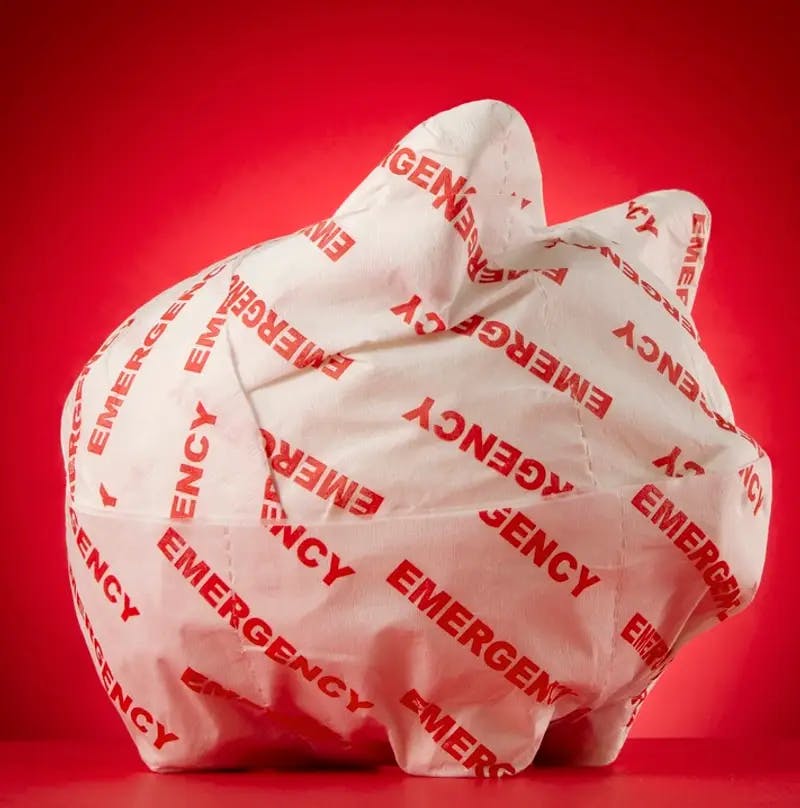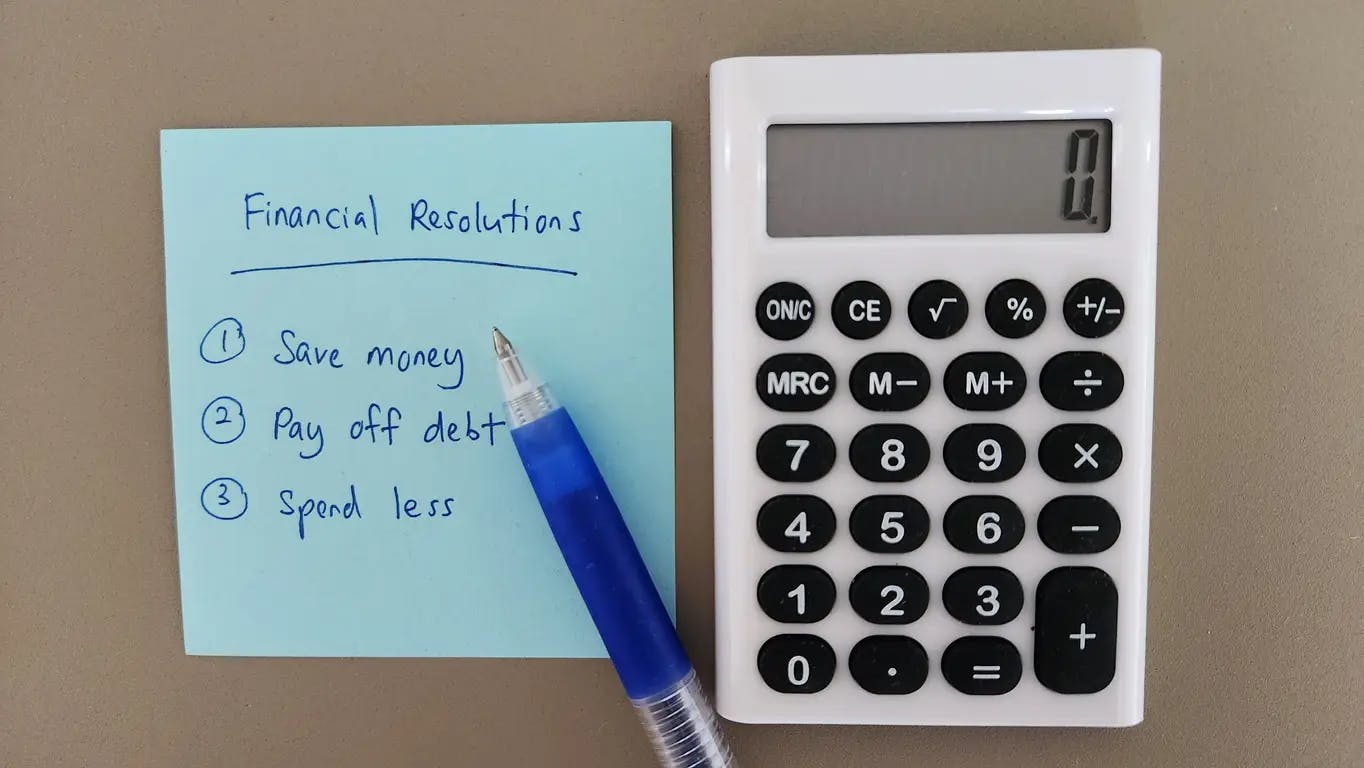Emergency Fund 101
by
Wed Feb 07 2024

Setting up a budget and sticking to it is not just important to pay down debt. You also want to have extra money for rainy days. Building an emergency fund is a big reason to budget and live a frugal life.
Emergency funds act as a buffer against life's unexpected events, offering a sense of security and preventing financial disasters. Read on to understand the importance of an emergency fund and how you can make a goal to work toward saving for the unexpected.
The Importance of an Emergency Fund
An emergency fund is a stash of money set aside to cover unexpected and urgent financial needs. This could include unforeseen medical expenses, sudden job loss, urgent home repairs, or any other unplanned spending that life might throw your way. Having this fund is crucial because it provides a financial safety net, reducing the need to rely on credit cards or loans, which can lead to high interest and additional financial strain.
Determining the Size of Your Emergency Fund
In order to decide on how much to save in your emergency fund, you should calculate how much money is required to maintain your lifestyle for three months. If you were to go without pay, make a goal to create an emergency fund that would float you for at least three months.
Any other emergency, like a refrigerator or car breaking down, should fit into that amount of savings. Consider job stability, health-related bills, and the number of children or relatives relying on your income.
Step-by-Step Guide to Building Your Emergency Fund
Once you have a number in mind, you can work toward building savings. Dedication and tracking will keep you on track to build an emergency fund that offers peace of mind.
- Assess Your Financial Situation: Start by understanding your monthly expenses. Create a budget to get a clear picture of where your money is going.
- Set a Target: Based on your expenses, set a realistic target for your emergency fund. Remember, it’s okay to start small and gradually build up.
- Open a Separate Savings Account: Your emergency fund should be easily accessible but separate from your regular checking account to avoid temptation.
- Start Small: Begin by saving a small, manageable amount. Even saving small amounts like $5 or $10 a week can add up over time.
- Automate Your Savings: Set up automatic transfers from your checking account to your emergency fund. This makes saving effortless and ensures consistency.
- Cut Back on Non-Essentials: Identify areas in your budget where you can cut back, such as dining out, subscriptions, or luxury items, and redirect this money to your emergency fund.
- Use Windfalls Wisely: Allocate unexpected income, like tax refunds, bonuses, or gifts, to your emergency fund.
- Review and Adjust Regularly: Periodically review your emergency fund. As your financial situation changes, adjust your contributions accordingly.
How to Set SMART Financial Goals for Your Budget

Challenges in Building an Emergency Fund and How to Overcome Them
When starting an emergency fund, the idea of extra money may deter you from sticking to the plan. Think of the emergency fund as necessary for your financial stability. Here are some challenges that you may face:
- High Debt: If you’re dealing with high debt, focus on making minimum payments while saving a smaller amount towards your emergency fund. Once the debt is lower, increase your emergency fund contributions.
- Low Income: For those with a low income, focus on reducing expenses where possible and consider side gigs or part-time jobs for additional income.
- Irregular Income: If you have an irregular income, aim to save a higher percentage of your income during good months to compensate for leaner times.
Maintaining Your Emergency Fund
Once you’ve achieved your goal number in your emergency savings fund, keep the money steady so you can always rely on it. What are some tips for maintaining the savings?
- Keep It Liquid: Your emergency fund should be in a savings account or a money market account where it can be easily accessed without penalty.
- Resist Temptation: Use the fund only for genuine emergencies, not for planned expenses or impulse buys.
- Replenish as Needed: If you need to use the fund, focus on replenishing it back up to the base number. It isn’t often that you need the money back to back, so use the time in between unexpected expenses to build your fund back up.
Include an Emergency Fund in a Frugal Lifestyle
While frugal living is a means to save money and get out of debt, specifying an emergency fund will help you gain confidence in your financial plan. Frugal living often includes being prepared no matter what is thrown your way. A lower-cost lifestyle not only helps accumulate an emergency fund but also ensures it lasts longer.
An emergency fund is not just a financial tool; it's a cornerstone of personal financial stability and peace of mind. Building and maintaining it requires discipline, commitment, and a frugal mindset, but the security and confidence it brings are invaluable. In a world filled with uncertainties, having an emergency fund is one of the most prudent steps to protect yourself and your loved ones.
